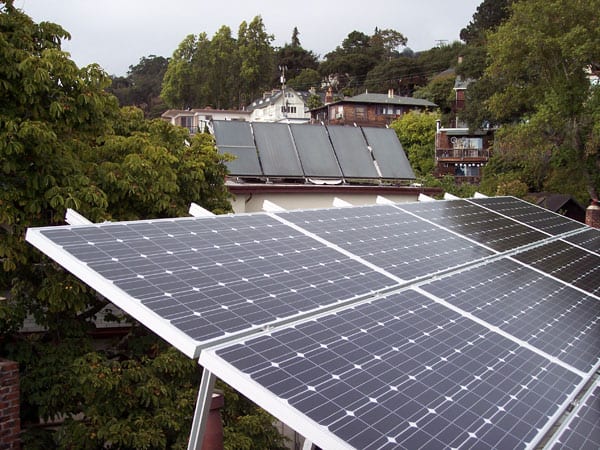
January 28, 2019; CivicStory
New Jersey has become the 20th state to develop a community solar program that will allow all residents to participate in a community solar energy program, regardless of income level. The newly announced Community Solar solution adopts a community partnership model to a government service, to the benefit of all involved.
Because the panels are installed on commercial spaces like industrial rooftops and parking lots, the program doesn’t give priority to wealthier residents with roofs of their own; it’s open to renters, condo owners, and house owners alike. In fact, 40 percent of the program’s capacity is reserved for low- and moderate-income participants. Because preference is given to “brownfields, landfills, areas of historic fill, and impervious surfaces” for sites, it won’t impinge on the state’s green spaces. In its pilot form, the project is designed to be flexible, so the Board of Public Utilities (BPU) hopes to work out all the kinks during the three-year pilot and launch an improved, permanent program in the future.
According to Donna Liu at CivicStory, New York’s solar partnerships served as a model for New Jersey’s efforts. New York’s subscriber model is similar, in that anyone can buy into a grid and it is aimed at low- to moderate-income participants, but it also allows private property owners to host a grid in exchange for a $250,000 tax abatement.
Sign up for our free newsletters
Subscribe to NPQ's newsletters to have our top stories delivered directly to your inbox.
By signing up, you agree to our privacy policy and terms of use, and to receive messages from NPQ and our partners.
Others states, such as California and Colorado, are already ahead in the community solar partnership game. Colorado’s Coyote Ridge Community Solar Farm is the nation’s largest community solar project explicitly for low-income residents. California has developed a sustainable and energy-neutral affordable housing complex and offers grants to nonprofits that “engage underrepresented communities in designing solutions and benefiting from clean energy.” In 2015, the Obama administration’s Department of Energy launched the National Community Solar Partnership, which involved state partnerships, rural electric co-ops, philanthropic and impact investors, and several federal departments to enhance employment and participation opportunities for lower-income Americans in solar energy efforts.
Solar energy can even be an avenue of economic revival, as in Puerto Rico after Hurricane Maria, where nonprofits like Resilient Power Puerto Rico and Empowered by Light helped restore power to residents during the many months the island’s main power system was down.
Perhaps that will be the case in New Jersey; the partnership announcement doesn’t explicitly discuss jobs or employment, but someone must install and maintain the grids. More importantly, this gives lower-income residents access to cheaper power and an ability to demonstrate their stake in clean energy solutions. The partnership and co-op models have been successfully deployed for other utility needs such as electricity or broadband internet. (Some electric co-ops are themselves transitioning to solar.) This model offers an opportunity for nonprofit and community participation in a solution that benefits and is responsive to all residents.—Erin Rubin











